I was going through this answer then I saw this line of code:
var port = normalizePort(process.env.PORT || '4300');
Why not
var port = (process.env.PORT || '4300');
From this blog there is an explanation that:
The normalizePort(val) function simply normalizes a port into a number, string, or false.
I still don't get it. I then check out what normalizing is here. I have some idea but I still don't understand.
What is the purpose of the normalizePort() function?
What would happen if we don't use it?
(An example of what it does would really help me understand) Thank you.
